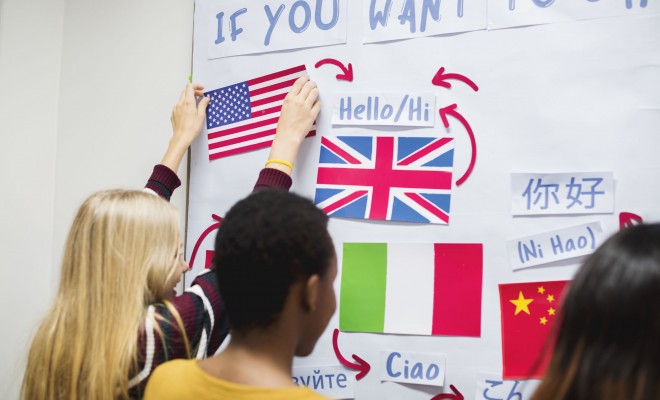
Language & Literacy Activities
Different Cultures & Foreign Languages in the Early Years
Children will often accept the environment with which they are presented. Though we can easily nurture a child’s natural curiosity by giving them a brief introduction to the world beyond what they know.
Aims
- Introduce children to the rich diversity of the world
- Teach the importance of lifelong language learning
There are many ways in which these aims can be incorporated into fun and educational activities in early years settings. Approaches will vary, depending for example on whether you decide to plan a one-off event, or as a programme of ongoing work. Also, you could concentrate on European languages and cultures, or you may wish to take a more global stance.
Learning Foreign Languages in the Early Years
Recent research has shown that – contrary to previous assumptions about preschoolers being too young – the early years are actually the best time for learning a second language. Young brains are wired for picking up new sounds and patterns, and preschool children naturally absorb other languages, informally and unselfconsciously, through play and fun activities.
The benefits of learning another language at an early age include the following:
- It gives children a head start for when they are older and learning languages in more formal educational settings.
- It helps with cognitive development, thus boosting the potential for long-term academic achievement.
- It improves memory, concentration and listening skills, as well as problem solving and creativity.
- It helps children develop empathy for different cultures and a wider understanding of the world.
Sign Up to Receive this 20-Part Activity Email Series
It’s easy to see why more and more preschools are choosing to embed foreign language learning into their core curriculum. But even if your nursery takes a less structured approach, it’s worth considering how you can introduce or expand language learning activities. Any amount of language learning is beneficial, so even if the children aren’t ‘properly’ acquiring a foreign language, they will still be developing new skills and positive associations.
When planning foreign language learning activities, remember to make them fun and informal; incorporate them into the kind of scenarios that the children are already familiar with, such as playing games and singing songs. Visual cues, such as posters and props, are also helpful.
Here are some groups of words that lend themselves to fun learning activities:
- Animal noises (eg ‘quack’ in different languages)
- Greetings (eg Bonjour, Hallo, Hola)
- Colours (eg rogue, rot, rojo)
- Numbers (eg un, eins, uno)
- Body parts (eg bras, arm, brazo)
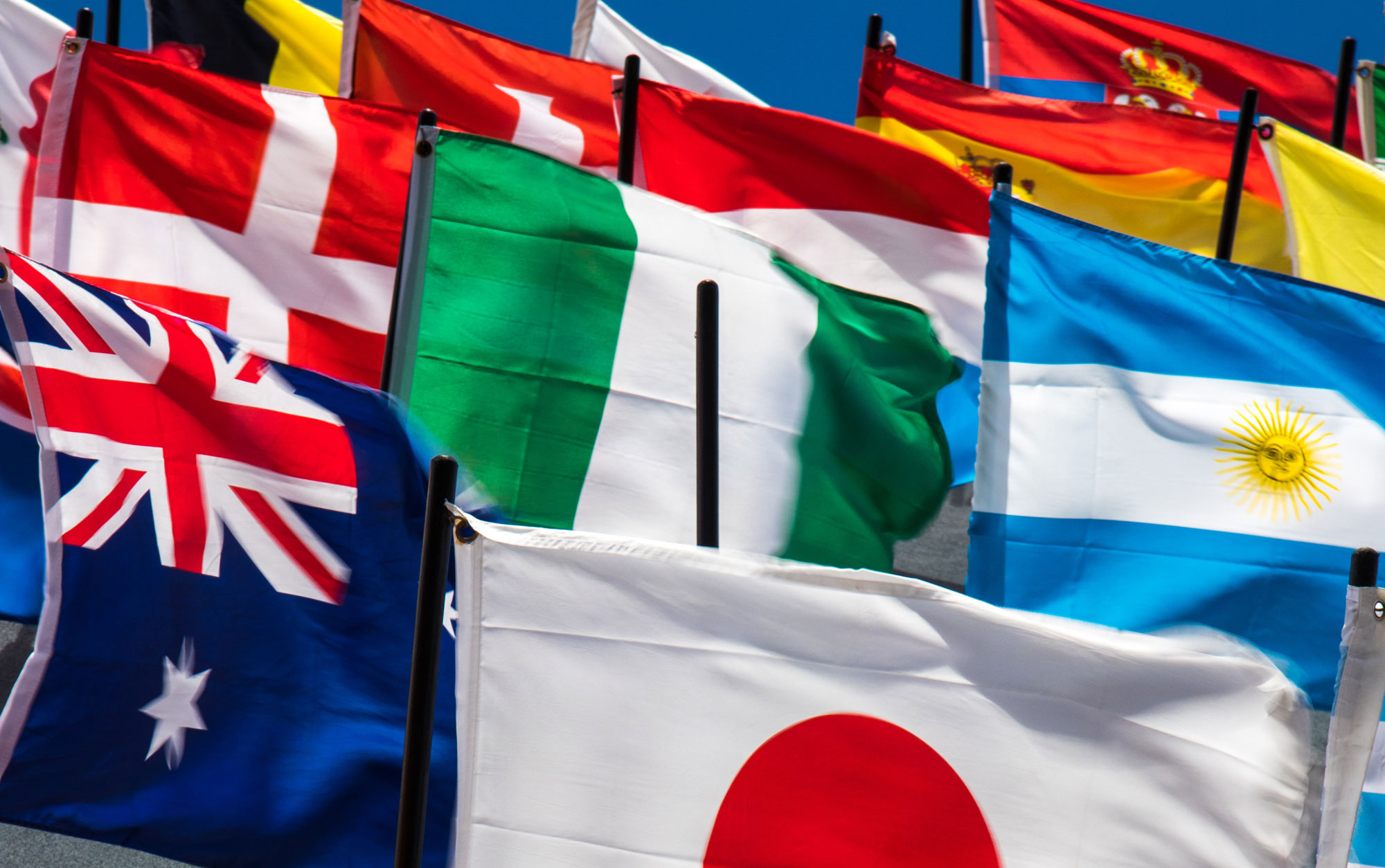
Introducing Different Cultures to your Early Years Setting
It’s never too early to start exploring cultural diversity with children, and there are many ways of approaching this subject. Cultural education is beneficial in several ways:
- It encourages children to value other cultures and build respect for others.
- It helps children to develop a sense of identity and understand their place in the world.
- It opens up new experiences, eg trying unfamiliar food, taking part in different kinds of celebrations.
When planning activities, it’s important to try and avoid stereotypes and generalisations, so that the children’s understanding of different cultures is as authentic and representative as possible.
If possible, talk to the parents/carers of children in your nursery who have different cultural backgrounds; tell them what you’re planning and ask for their advice/help.
Starting Points for Introducing Other Cultures
Food
Choose a country and look at some of the different kinds of food typically eaten there, perhaps including regional specialities and festive dishes if relevant. Activities could involve looking at pictures, visiting shops or restaurants, some simple cooking, as well as trying out different foods.
Festivals and Celebrations
Explore different cultural traditions, for example looking at seasonal festivals (eg how different countries mark harvest time, or the new year), and celebrations such as weddings and birthdays. This could involve making decorations, playing games, listening to music, learning songs and dances, and much more.
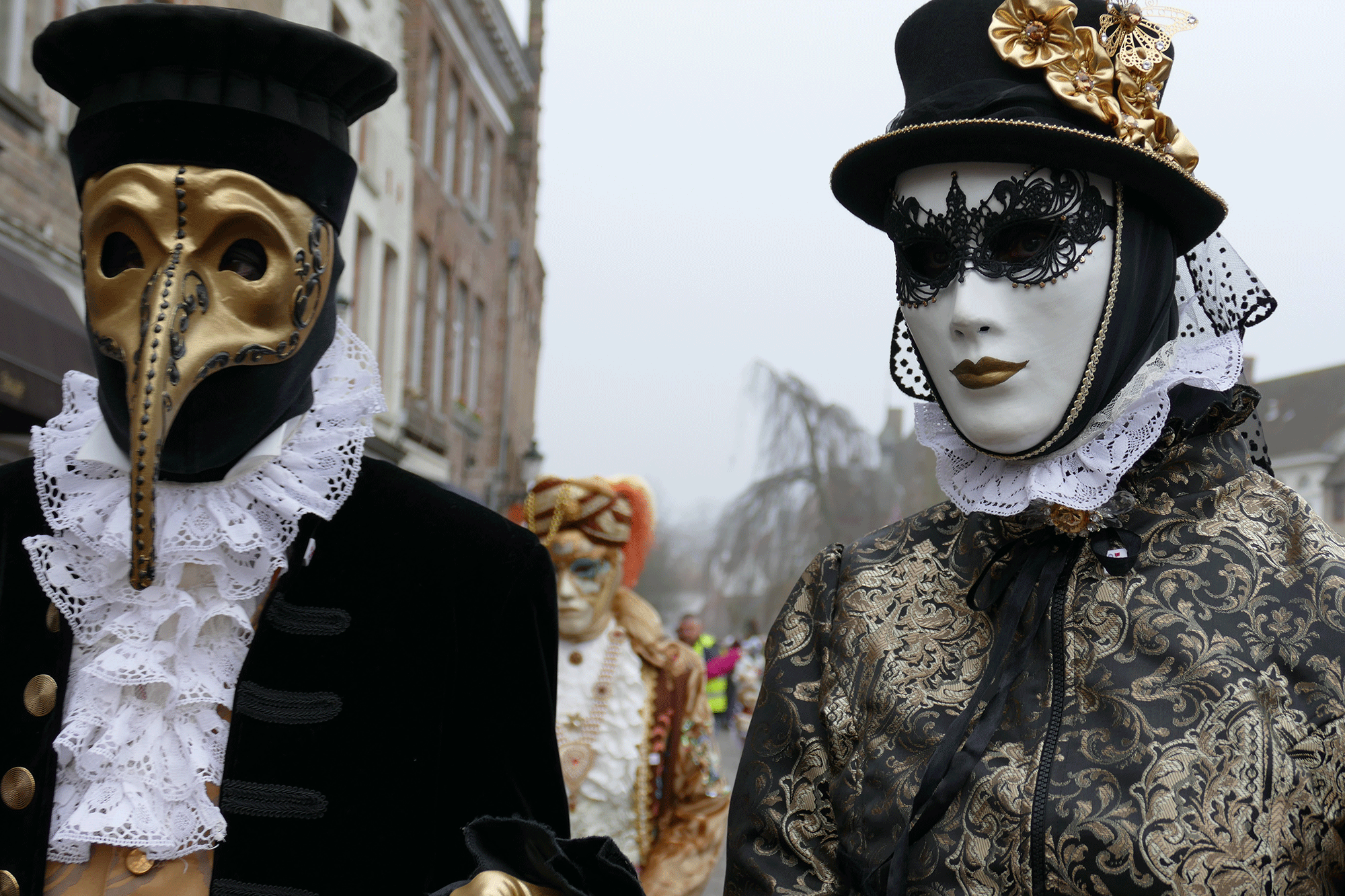
Flags
Use flags as a colourful, visual way of engaging children with learning about different countries and cultures. String flag bunting around the nursery; print off outlines of flags and get the children to colour them in; make giant flag collages; play flag bingo; put up a large map of Europe (or the world) and match the flags to the countries.
Books
There are lots of excellent picture books available on cultural diversity in general, as well as specific cultures; read and discuss them in small groups. You could also do some research into folk tales from particular cultures, and source some books/pictures/videos/props to help you act these out with the children.
We hope you have enjoyed this article, why not browse some more of our language articles;
- Preschool Reading Games for Literacy Development
- How to Boost Speech and Language Development in the Early Years
- 18 Early Years Literacy Games and Activities


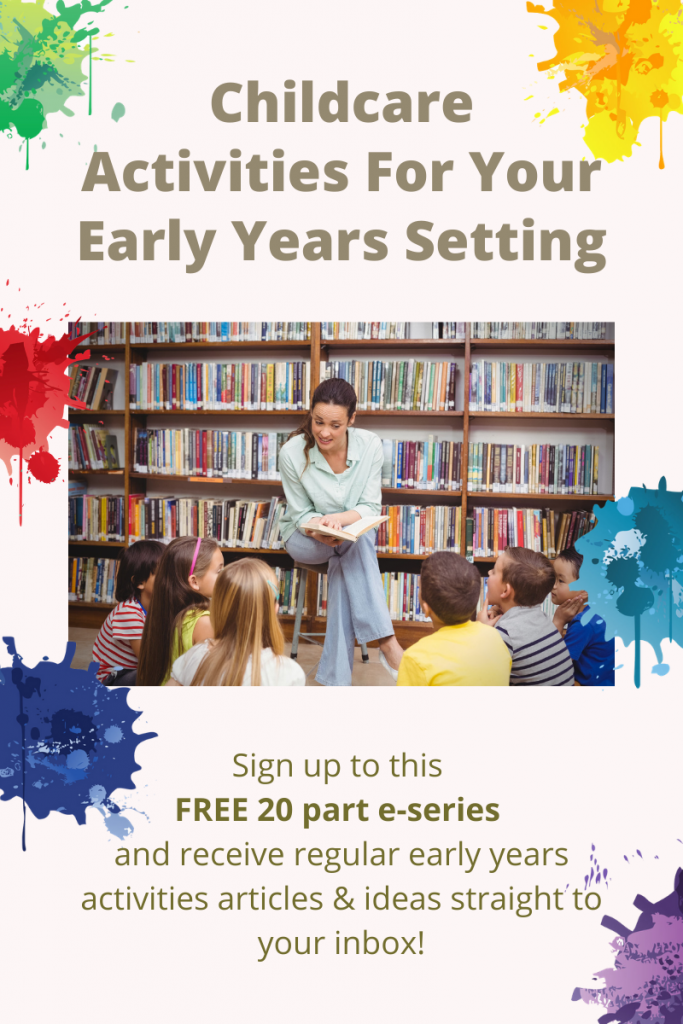
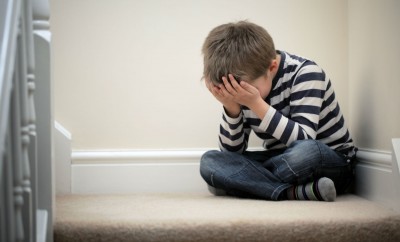
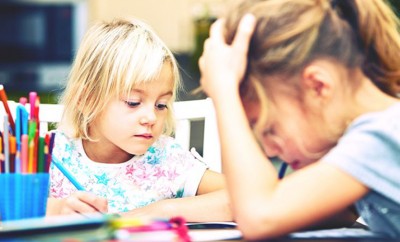
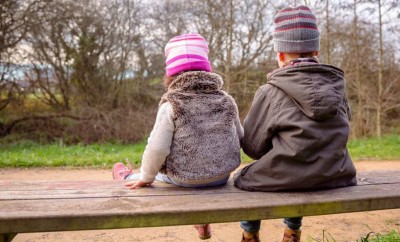

You must be logged in to post a comment Login